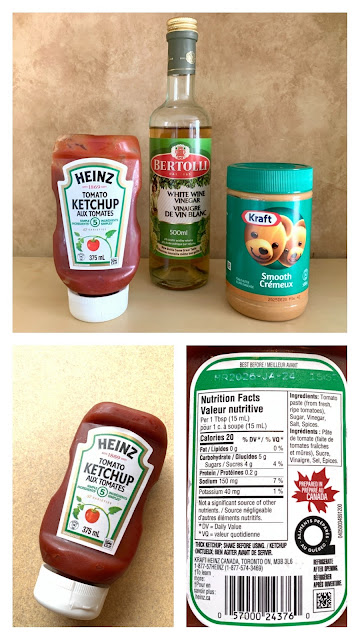A Bit of Backstory
Canada’s bilingual identity goes all the way back to our roots. The country was shaped by both British and French settlers, and their languages stuck around. Over time, French Canadians began to push for greater recognition and protection of their language and culture. Canada decided to recognize both English and French as official languages. This decision became law in 1969 with the Official Languages Act and it's purpose was to promote equality between the French and English-speaking communities.
What Does "Bilingual" Actually Look Like?
In practice, being a bilingual country means that federal services - like government websites, forms, and public services - must be available in both English and French. If you call a government line or visit a federal office, you’ll have the choice to be served in either language.
You’ll also see bilingual packaging on products (hello, cereal boxes!), announcements in both languages at airports, and signs in many places that are written in both English and French.
But Does Everyone in Canada Speak Both Languages?
Short answer: no. While French is widely spoken in Quebec and some communities in New Brunswick, Ontario, and Manitoba, the majority of Canadians speak only one language, usually English. That said, there’s a big push for students across the country to learn French in school, often through French immersion programs. (In Ontario, for example, it's mandatory for students to study French starting in grade two to grade eight.) French immersion programs have grown in popularity, especially among English-speaking families who want to give their kids more opportunities (and maybe a leg up on future jobs). So the number of people who can speak a bit of both is slowly increasing.
Most Canadians understand its importance and support the idea of preserving both languages, whether they can speak French or not.
Why Bilingualism Matters
Canada’s bilingualism is not just a legal thing, it’s cultural. It’s about recognizing the people and history that helped build the country. It’s about unity in diversity and respecting different ways of speaking, thinking, and living.
It also opens doors. Speaking both English and French can help with government jobs, travel, and helping to bring people together.
So, Do You Need to Speak French to Be Canadian?
Not at all. But being open to learning a few French phrases, or just understanding why it’s important, is a great way to show respect for Canada’s unique identity.
Canada’s bilingual identity might seem a bit complex at first, but it’s really just another part of what makes this country so unique. Two languages. One country. And a whole lot of “eh?” that translates in both languages.







Knowing a bit of language of ANY country you visit goes a long way. Bonus points for knowing colloquial phrases! A very similar post can be written for England and "British English" vs. "American English" and that is the 'same' language! LOL. Thanks for sharing!
ReplyDeleteThank goodness for google translate!
DeleteThanks for sharing this! I have been learning a lot about Canada from your blog!
ReplyDeletethanks for coming along on the journey.
DeleteAs a Swiss national, I am used to working in a multilingual environment. Our national languages are (Swiss) German, French, Italian and Romansh. Our food is typically written in the first three. At school, as a Swiss-German, I learned French on a compulsory basis and Italian on a voluntary basis. I think it's important to be able to communicate in my own country. However, the cultural differences, no matter how small a space we live in together, are huge. We call it the “Röstigraben”, literally "Hashbrown Ditch" the geographical border between German-speaking and French-speaking Switzerland.
ReplyDeletehttps://thethreegerbers.blogspot.com/2020/04/a-z-2020-switzerland-quadrilingual.html
that is so fascinating! When you grow up in that, it would seem natural, but it must be a challenge to try and navigate all those languages and cultures.
Delete